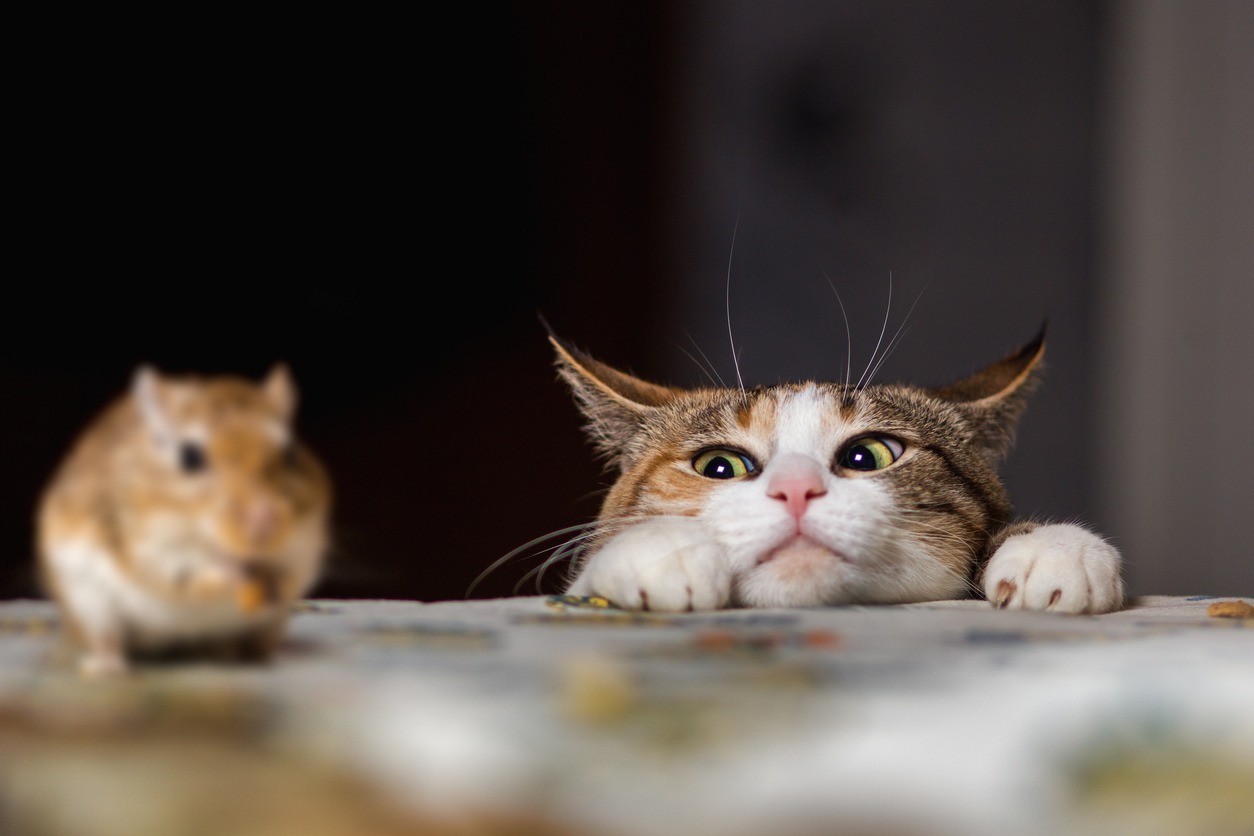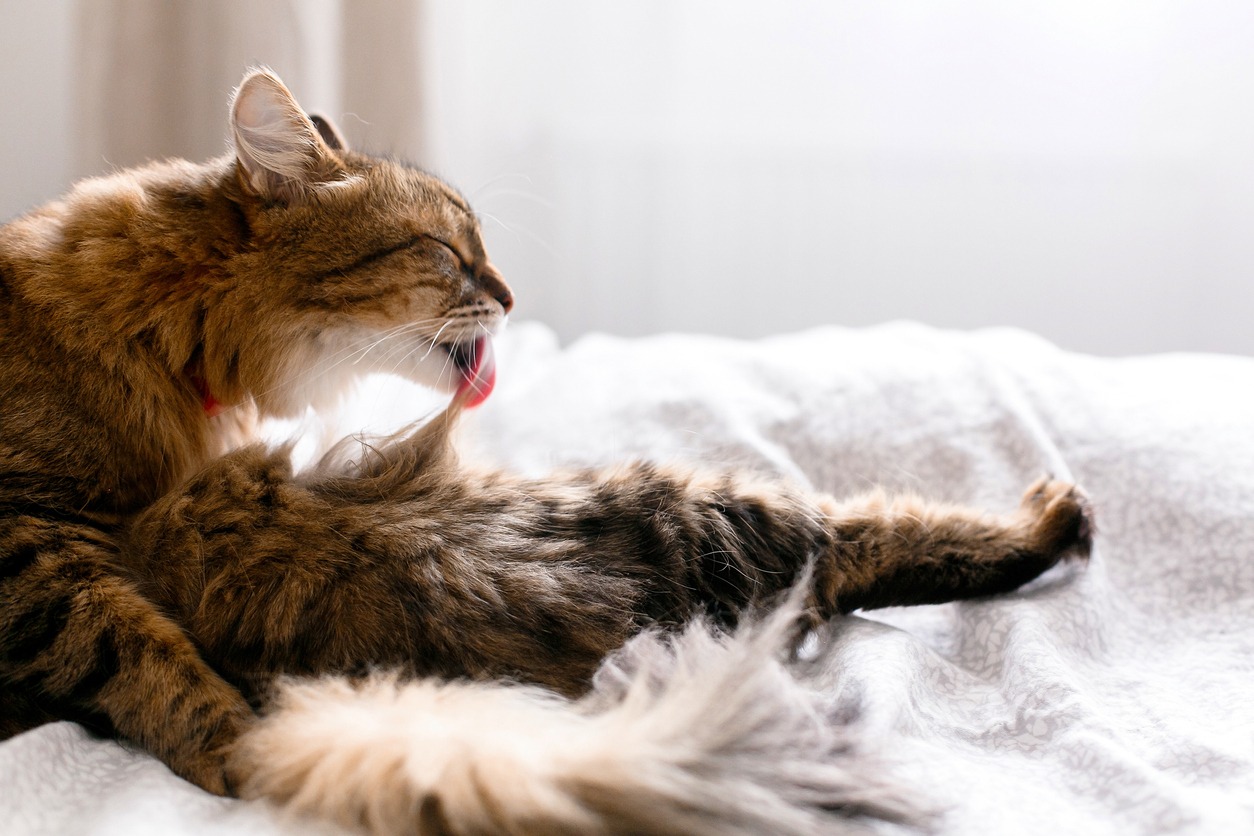Cats have been a beloved companion for centuries, captivating us with their mysterious and independent nature. While we may think we know everything there is to know about these enchanting creatures, there are still countless surprising facts that even the most seasoned cat lovers may not be aware of.
From their incredible adaptability to their unique communication methods, get ready to be amazed by the extraordinary world of cats.
Cats have been domesticated for over 4,000 years
The ancient Egyptians were particularly fascinated by cats and even worshipped them as sacred animals. They believed that cats possessed divine qualities and considered them to be protectors against evil spirits. In fact, they had a feline goddess named Bastet, who was often depicted with the head of a lioness or a domestic cat.
They possess a unique collarbone
Another astonishing fact is that cats have a unique collarbone structure that enables them to always land on their feet when falling from heights. It’s like they have built-in parachutes! This remarkable ability, known as the “righting reflex,” is a result of their flexible backbones and an inner ear mechanism that helps them maintain balance.
The average cat sleeps for 12-16 hours per day
This may seem like a lot of sleeping, but it’s important to remember that cats are natural predators and need to conserve their energy for hunting. In fact, cats are crepuscular, meaning they are most active during dawn and dusk, which is when their prey is also most active.
While it may seem like your cat is just lounging around all day, they are actually preparing for their next hunt. In addition, cats have a unique ability to fall into a light sleep very quickly, allowing them to be alert and ready to pounce at a moment’s notice.
Cats have a unique way of communicating with humans
One of the most interesting aspects of cat communication is their reliance on body language. Unlike dogs, who often rely on vocalizations to convey their emotions, cats use subtle movements and positions to express themselves. Paying attention to the position of their ears, the movement of their tail, and even the way they hold their body can give us valuable insights into their mood and intentions.
While cats use various vocalizations to communicate with each other, meowing is a behavior they have specifically developed to communicate with humans. It is believed that cats use different meows to convey different messages, such as hunger, attention-seeking, or even expressing affection.
Another interesting form of communication that cats use is scent marking. Cats have scent glands that can be found in different parts of their bodies, such as their cheeks, paws, and tail. Through rubbing or scratching, they leave their scent on objects or people, marking their territory and communicating with other cats.
Slow blinking or “cat kisses” is a common behavior that cats display towards their owners, signaling that they feel comfortable and safe in their presence. So, the next time your cat gives you a slow blink, know that they are expressing their love and trust in you.
Cats have an exceptional sense of hearing and night vision
Cats have an incredible range of hearing that surpasses our own. While we can typically hear sounds between 20 Hz and 20,000 Hz, cats can detect frequencies as high as 65,000 Hz. This means that they can pick up on sounds that are completely imperceptible to human ears. Their acute hearing allows them to detect the slightest rustle of a mouse or a bird’s fluttering wings, making them formidable hunters.
But it’s not just their ability to hear high-pitched sounds that sets cats apart. They also have a remarkable skill for pinpointing the source of a sound with astonishing accuracy. Thanks to a specialized structure in their ears known as the pinna, which they can rotate independently, cats can determine the exact location of a sound. This helps them track prey or identify potential threats, ensuring their survival in the wild.
Their eyes contain a layer of cells called the tapetum lucidum, which acts like a mirror, reflecting light back through the retina. This enhances their night vision capabilities, allowing them to see in almost total darkness. In fact, cats’ night vision is six times stronger than ours, giving them a clear advantage when prowling during the twilight hours.
The tapetum lucidum not only aids in night vision but also contributes to another fascinating aspect of cats’ eyes – their mesmerizing glow. This phenomenon occurs because the tapetum lucidum reflects light, causing their eyes to appear luminous in low-light conditions. It’s like having built-in headlights.
Cats have a strong sense of smell
Cats’ olfactory receptors are 14 times more powerful than humans’, surpassing even that of dogs. This heightened sense of smell allows them to detect scents we can’t even imagine.
This incredible sense of smell serves cats in a multitude of ways. First and foremost, it helps them find food. Whether it’s a can of tuna or a small mouse scurrying in the grass, cats can easily track down their next meal with their keen sense of smell.
Not only does a cat’s sense of smell help them find food, but it also helps them identify potential dangers. They can detect the scent of predators or other animals that may pose a threat, allowing them to stay one step ahead and keep themselves safe. This heightened sense of smell is a survival mechanism that has been honed over generations.
Cats groom themselves – a lot
It’s fascinating to watch a cat groom itself. They use their rough tongues to lick their fur, removing any dirt and debris. This also helps to distribute their natural oils throughout their coat, keeping it shiny and healthy. As they lick their fur, they cool themselves down in warm weather, and in colder temperatures, their saliva helps to insulate their skin, keeping them warm. However, it’s essential to note that while cats are excellent at grooming themselves, they still need regular baths and grooming from their owners to maintain optimal health.
Cats cannot taste sweet foods
Since cats are obligate carnivores, their bodies are designed to digest meat. Their taste buds are specialized to detect amino acids, which are the building blocks of protein. In the wild, cats hunt and eat prey such as rodents, birds, and other small animals. These prey animals are high in protein and low in carbohydrates, which is why cats do not need to taste sweetness.
However, some domestic cats may develop a taste for sweet foods due to their exposure to human foods and treats. It is important for cat owners to provide their pets with a balanced and appropriate diet to ensure their health and well-being.
Cats are not totally color blind
Cats have a type of color vision called dichromatic vision, which means they can see some colors but not all. They are better at distinguishing between blues and greens, but may have difficulty distinguishing between reds and oranges. Their vision is also not as sharp as humans, as they have fewer cones in their eyes.
However, they have excellent night vision, thanks to their large pupils and a layer of tissue in their eyes called the tapetum lucidum, which reflects light back through their retina.
Unique Scent Gland
Cats have a unique scent gland located on their forehead, which they use to mark their territory by rubbing their heads against objects. This gland, known as the “preorbital gland,” secretes a pheromone that is specific to each individual cat. By leaving their scent on objects, cats can communicate with other cats in the area without directly interacting with them. In addition to marking territory, cats also use their scent to create a sense of familiarity and comfort in their environment. This is why you may notice your cat rubbing their head against your furniture or clothing – they are simply marking their space and making themselves feel more at home.
Conclusion
From their incredible agility and hunting abilities to their unique communication methods, cats continue to fascinate us with their mysterious nature. As we continue to learn more about these beloved animals, one thing is for sure: cats will always hold a special place in our hearts and homes.




